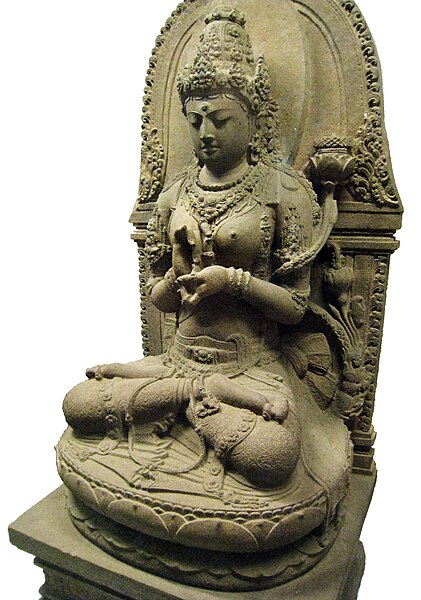The Path of Modern Yoga: The History of an Embodied Spiritual Practice is a 2016 history of the modern practice of postural yoga by the yoga scholar Elliott Goldberg. It focuses in detail on eleven pioneering figures of the transformation of yoga in the 20th century, including Yogendra, Kuvalayananda, Pant Pratinidhi, Krishnamacharya, B. K. S. Iyengar and Indra Devi.
Cover of 1st edition, showing B. K. S. Iyengar in Natarajasana
The book begins with 5 chapters on Yogendra, a pioneer of yoga as exercise.
The book devotes 7 of its 35 chapters to the yoga guru B. K. S. Iyengar.
Yoga as exercise is a physical activity consisting mainly of postures, often connected by flowing sequences, sometimes accompanied by breathing exercises, and frequently ending with relaxation lying down or meditation. Yoga in this form has become familiar across the world, especially in the US and Europe. It is derived from medieval Haṭha yoga, which made use of similar postures, but it is generally simply called "yoga". Academics have given yoga as exercise a variety of names, including modern postural yoga and transnational anglophone yoga.
Women in an outdoor yoga community class, Texas, 2010
Yoga was originally a spiritual practice based on meditation. Statue from Java, 13th century.
Postures in Niels Bukh's 1924 Primary Gymnastics resembling Parighasana, Parsvottanasana, and Navasana, supporting the suggestion that Krishnamacharya derived some of his asanas from the gymnastics culture of his time
"The father of modern yoga" Krishnamacharya teaching yoga in Mysore, 1930s







